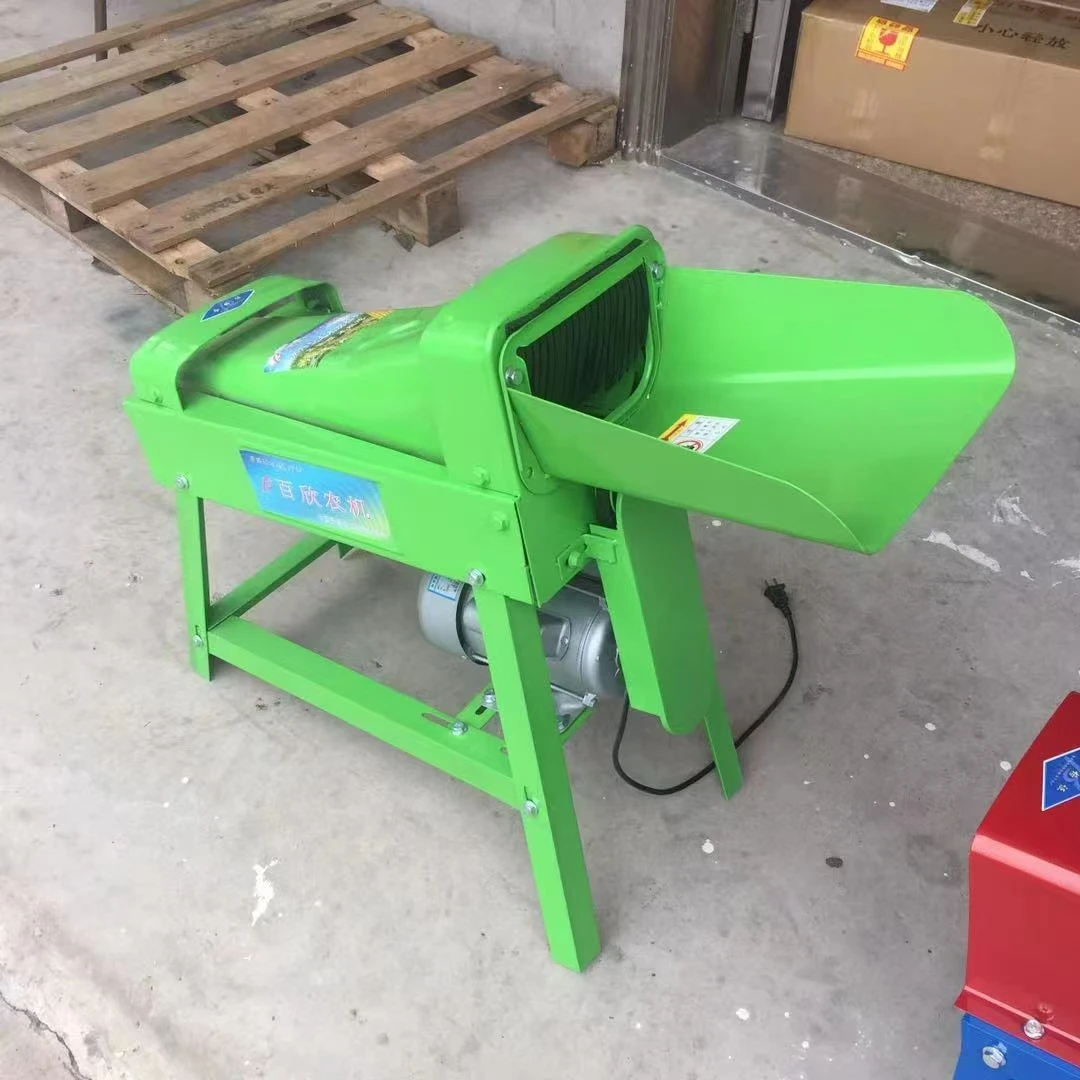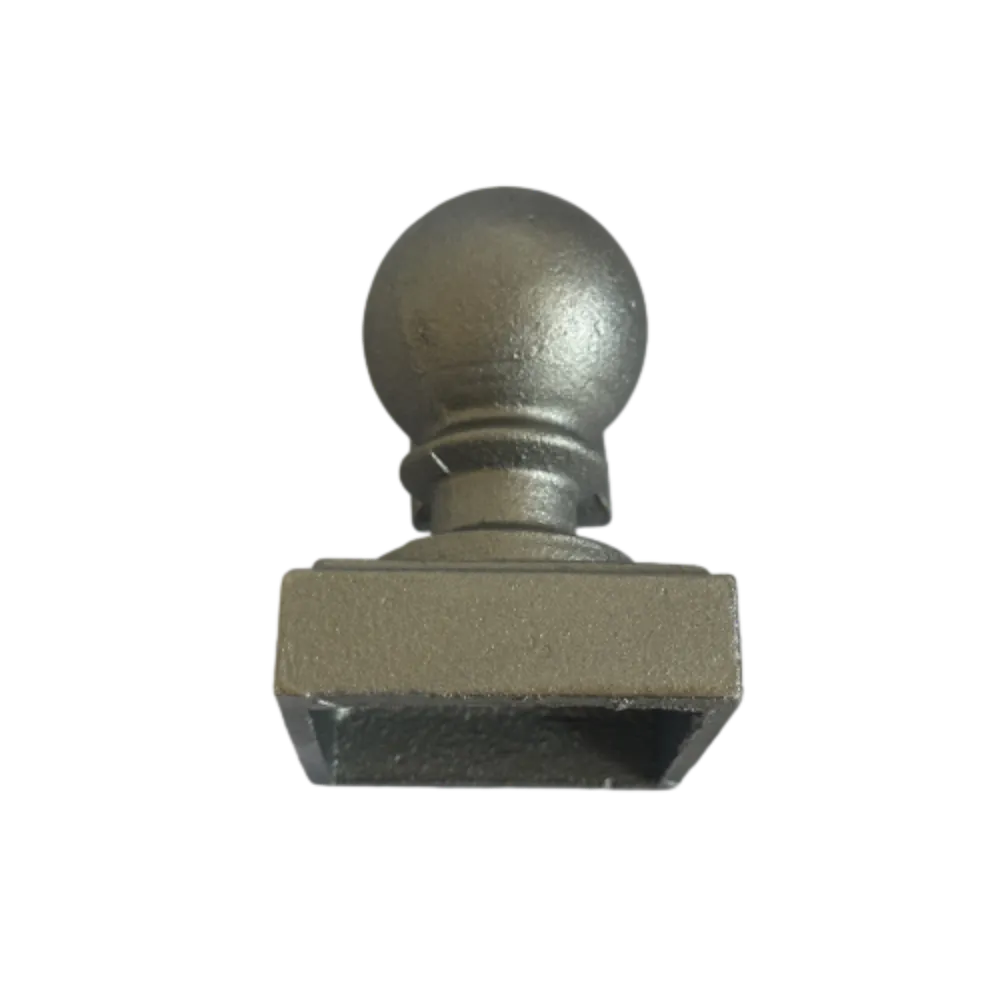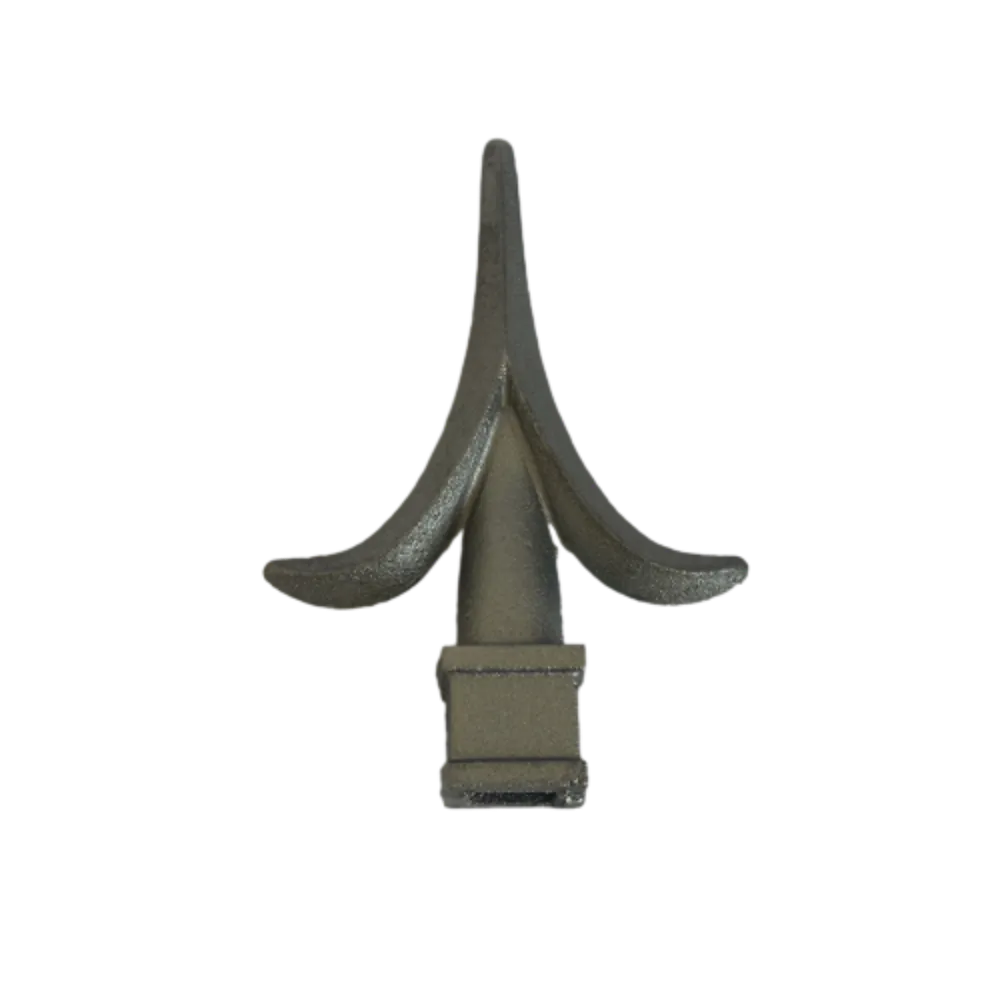Cast Iron Stoves: Timeless Heating with Modern Efficiency
Cast iron stoves have stood the test of time as one of the most reliable and efficient ways to heat a space. Combining traditional design with today’s combustion technology, they remain a favorite for homeowners looking to blend function, warmth, and style. Whether you’re searching for a rustic cast iron log wood stove or a modern freestanding wood stove, this guide will help you understand the benefits, features, and buying considerations for these enduring heating appliances.
What Is a Cast Iron Stove?
A cast iron stove is a solid-fuel burning heater made from cast iron panels that are molded and assembled into a sealed unit. These stoves are primarily designed to burn seasoned firewood, although some models can also burn pellets or coal.
They’ve been used for centuries in cabins, cottages, and homes—and today, they’ve evolved with improved airflow systems, heat retention features, and EPA-certified efficiency.
Why Choose a Cast Iron Wood Stove?
Durability
Cast iron is extremely strong and heat-resistant. With proper maintenance, a good-quality cast iron stove can last decades.
Heat Retention
Cast iron absorbs heat and radiates it slowly, even after the fire has died down—providing longer-lasting warmth compared to steel stoves.
Classic Aesthetic
Few appliances bring the charm and visual appeal of a cast iron log wood stove. Their decorative patterns, enameled finishes, and visible flames add atmosphere to any space.
Efficient Burning
Modern cast iron wood stoves feature secondary burn systems or catalytic converters, allowing for more complete combustion, less smoke, and higher heat output from less wood.
Types of Wood Stoves
Cast Iron Log Wood Stove
Designed for burning full-length logs (16–22 inches typically)
Ideal for cabins, rural homes, and off-grid setups
Usually freestanding with top or rear flue exit options
Steel Wood Stove
Heats up faster but doesn’t retain heat as long
Typically more affordable than cast iron
Sleek, minimalist design in modern homes
Pellet Stove
Burns compressed wood pellets
Requires electricity to operate feed and fan systems
Cleaner and more automated, but not ideal for off-grid use
Key Features to Consider
When choosing a cast iron stove or any wood-burning heater, look for:
|
Feature |
Description |
|
EPA Certification |
Indicates clean-burning efficiency and lower emissions |
|
BTU Output |
Match the stove’s heat output to your room/home size |
|
Log Length Capacity |
Standard models accept logs up to 18–22 inches |
|
Glass Viewing Window |
Enjoy the flame; some models include air-wash systems |
|
Ash Pan |
Makes cleanup easier by collecting ash below the firebox |
|
Top vs Rear Vent |
Choose based on your flue/chimney setup |
|
Finish |
Matte black, porcelain enamel, or high-gloss decorative finishes |
Cast Iron Stove Applications
Primary heat source in small homes, cabins, or workshops
Supplemental heat in larger homes to offset central heating costs
Emergency heating in off-grid or power-outage scenarios
Decorative heating in cottages, chalets, and rustic spaces
Wood Stove Installation Tips
Always install a stove on a non-combustible surface (e.g., tile, brick, concrete)
Maintain proper clearances from walls, furniture, and combustibles
Use double-wall stove pipe or chimney liner kits for safety and draft
Consult local codes or a certified installer—especially for insurance compliance
Maintenance & Safety
Clean the chimney annually to prevent creosote buildup
Inspect gaskets, firebricks, and glass regularly
Burn only dry, seasoned hardwood to maximize efficiency and reduce emissions
Use a magnetic stove thermometer to monitor burn temperature
A cast iron stove offers a rare combination of reliability, beauty, and comfort. Whether you choose a decorative cast iron log wood stove for your living room or a more rugged freestanding wood stove for a cabin, you’re investing in a heat source that adds both function and character to any space.
Modern models offer clean burns, long heat cycles, and timeless charm—making them one of the most satisfying and sustainable heating choices available.
Cast Iron Stove FAQs
1. Are cast iron wood stoves better than steel stoves?
Cast iron retains heat longer, while steel heats up faster. Both are durable—your choice depends on heating needs and design preferences.
2. How much space can a wood stove heat?
A medium-size stove (40,000–60,000 BTU) can heat 1,200–2,000 sq. ft., depending on insulation and layout.
3. Can I install a cast iron stove myself?
It’s possible, but for safety and code compliance, it’s recommended to use a certified installer, especially if you're installing a new chimney or flue.
4. What type of wood burns best in a cast iron stove?
Seasoned hardwoods like oak, maple, ash, and birch. They produce longer, hotter burns with less creosote buildup.
5. How often do I need to clean my stove?
Ashes should be removed every few days when in regular use. The chimney should be cleaned at least once a year.
-
Plough Wheel Cast Iron Material Enhances Load-BearingIindabaNov.10,2025
-
Cast Iron Cooking Stove Heat Retention Ensures Even Food HeatingIindabaNov.10,2025
-
Rubber Strip Shock Absorption Protects Window EdgesIindabaNov.10,2025
-
Aluminum Profiles High Corrosion Resistance Suits Coastal AreasIindabaNov.10,2025
-
Window Handle Aluminum Material Ensures Lightweight DurabilityIindabaNov.10,2025
-
Sliding Roller Plastic Housing Fits Aluminum Sliding WindowsIindabaNov.10,2025
-
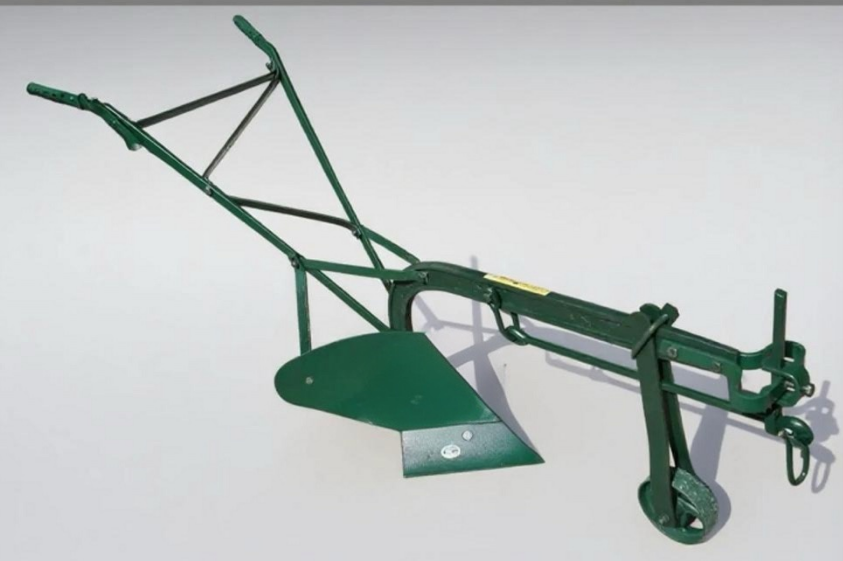 Plough Wheel Cast Iron Material Enhances Load-BearingNov-10-2025Plough Wheel Cast Iron Material Enhances Load-Bearing
Plough Wheel Cast Iron Material Enhances Load-BearingNov-10-2025Plough Wheel Cast Iron Material Enhances Load-Bearing -
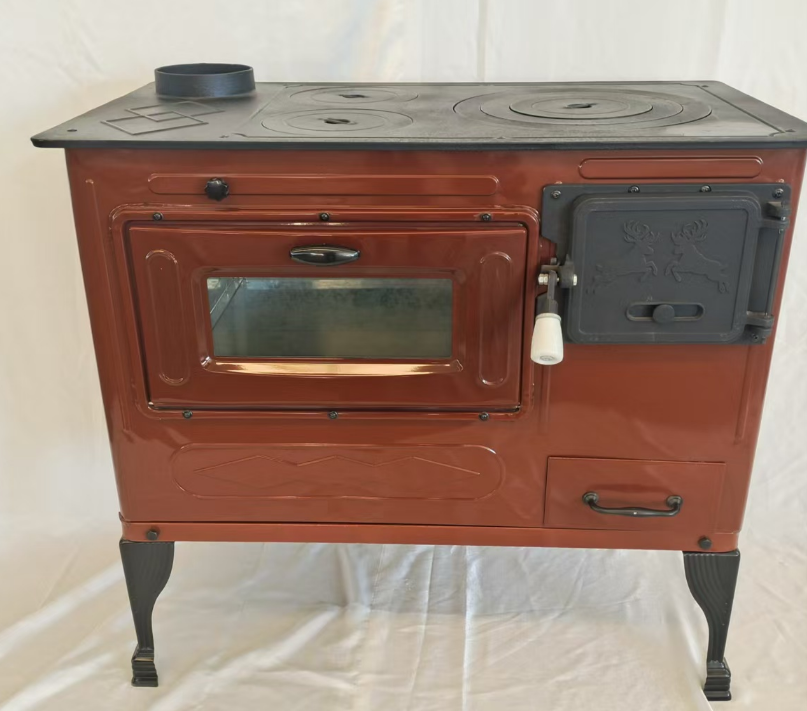 Cast Iron Cooking Stove Heat Retention Ensures Even Food HeatingNov-10-2025Cast Iron Cooking Stove Heat Retention Ensures Even Food Heating
Cast Iron Cooking Stove Heat Retention Ensures Even Food HeatingNov-10-2025Cast Iron Cooking Stove Heat Retention Ensures Even Food Heating -
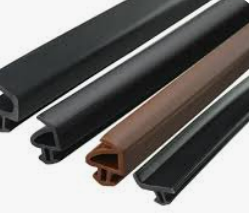 Rubber Strip Shock Absorption Protects Window EdgesNov-10-2025Rubber Strip Shock Absorption Protects Window Edges
Rubber Strip Shock Absorption Protects Window EdgesNov-10-2025Rubber Strip Shock Absorption Protects Window Edges







